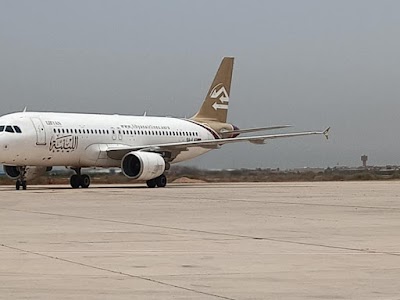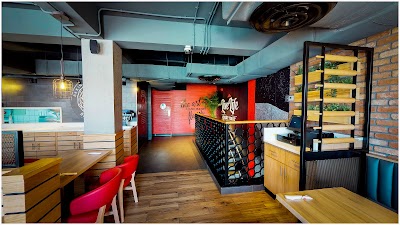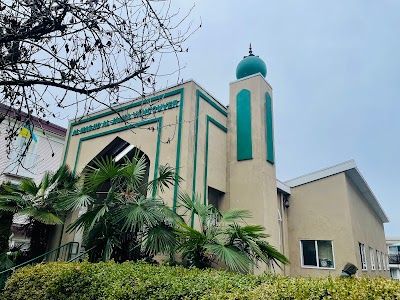Misrata Port (ميناء مصراتة)
Overview
Introduction to Misrata Port
Misrata Port, known as ميناء مصراتة in Arabic, is one of Libya's most significant maritime gateways, located in the vibrant city of Misrata in the Misrata District. This bustling port plays a crucial role in the economic landscape of Libya, serving as a hub for both commercial and passenger shipping. For travelers interested in experiencing the blend of modernity and history that characterizes Libya, Misrata Port is an essential stop that offers a unique perspective on the country’s coastal life.
Historical Significance
The history of Misrata Port dates back to ancient times, with its strategic location along the Mediterranean Sea making it a coveted point for trade and transportation. Throughout the centuries, the port has witnessed the ebb and flow of various civilizations, including the Phoenicians and Romans, each leaving their mark on the region. Today, as you stroll around the port, you can feel the echoes of history while observing the modern facilities that coexist with remnants of the past. The port's infrastructure has been developed to accommodate an increasing volume of shipping traffic, reflecting its vital role in Libya's economy.
Modern Facilities
Misrata Port is equipped with state-of-the-art facilities that cater to both cargo and passenger services. The port features extensive docking space, allowing numerous vessels to be serviced simultaneously. It handles a variety of goods, from agricultural products to industrial materials, making it a pivotal player in the supply chain of Libya. For travelers, the port also provides ferry services that connect Misrata to other coastal cities, creating a convenient way to explore the nation’s shoreline.
Cultural Experience
Visiting Misrata Port offers travelers a unique cultural experience. The area is bustling with activity, where you can observe local fishermen bringing in their daily catch, or traders negotiating the shipment of goods. The vibrant atmosphere is enhanced by the sounds of seagulls and the sight of colorful fishing boats bobbing in the water. The port is adjacent to the city itself, allowing visitors to explore the local markets, where a rich array of spices, textiles, and handicrafts can be found. Engaging with the locals here can provide invaluable insights into the Libyan way of life, as they are often eager to share their stories and traditions.
Safety and Accessibility
For foreign travelers, it’s essential to stay informed about the safety situation in Libya, as it can vary widely. Misrata has made strides toward stability and recovery following years of conflict. While visiting the port, it’s advisable to stay in well-traveled areas, communicate with local guides, and adhere to safety recommendations. The port is accessible by various means of transportation, including taxis and buses, making it relatively easy to reach from within the city.
Conclusion
In summary, Misrata Port is not just a functional transportation hub; it is a vibrant intersection of history, culture, and commerce. Whether you are interested in maritime trade, local culture, or simply soaking in the lively atmosphere, Misrata Port offers a rich experience that highlights the resilience and spirit of the Libyan people. For those who venture here, the port serves as a gateway to understanding the broader narrative of Libya, making it a destination worthy of exploration on your journey through this fascinating country.





